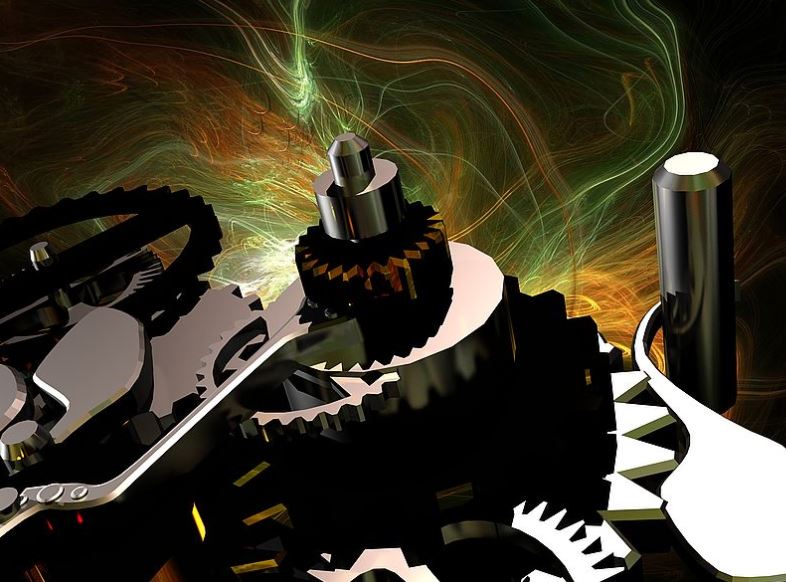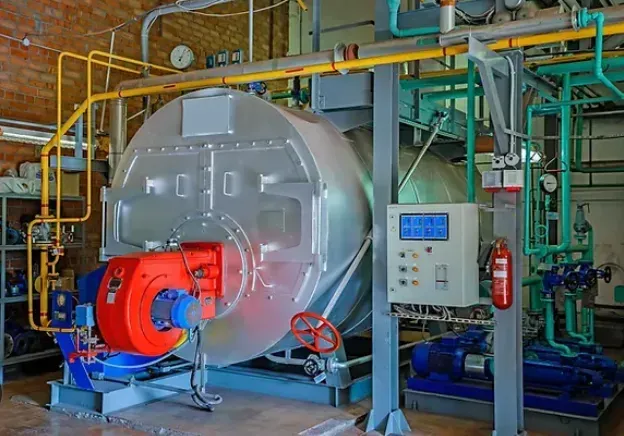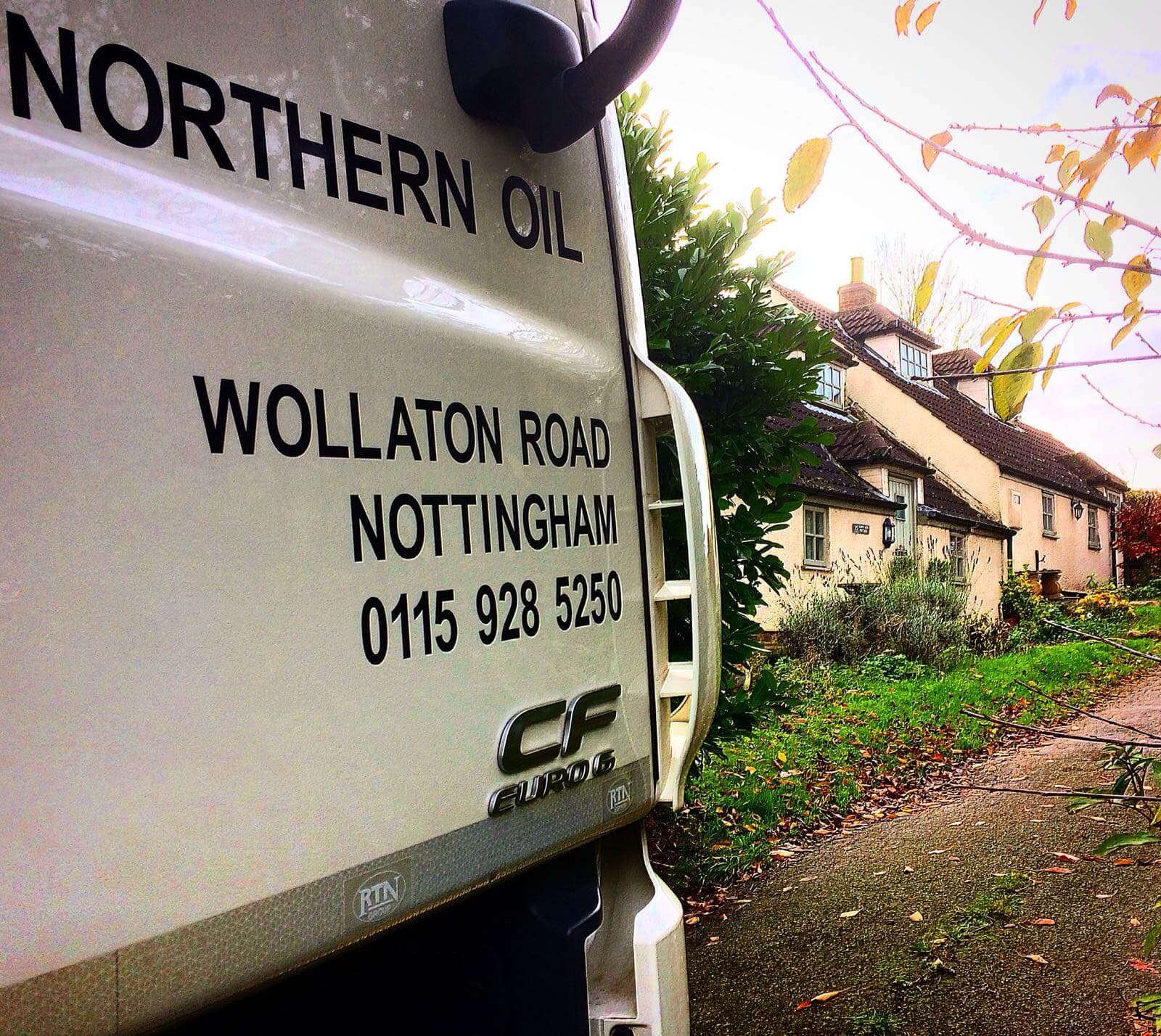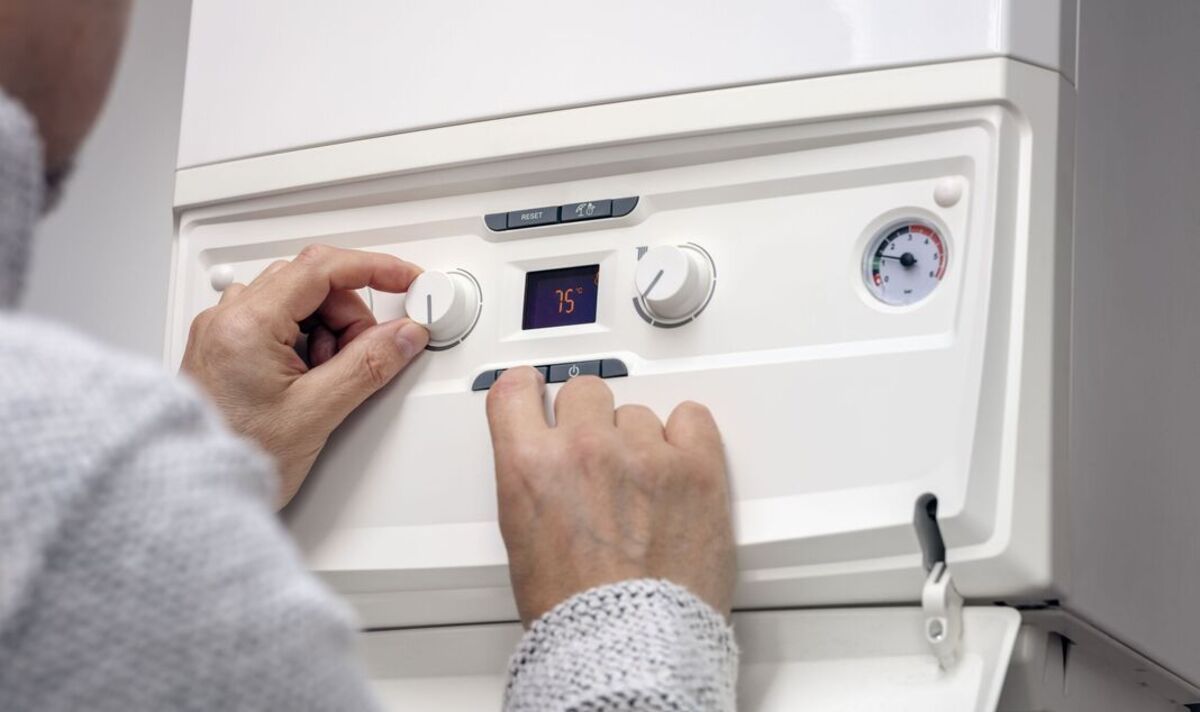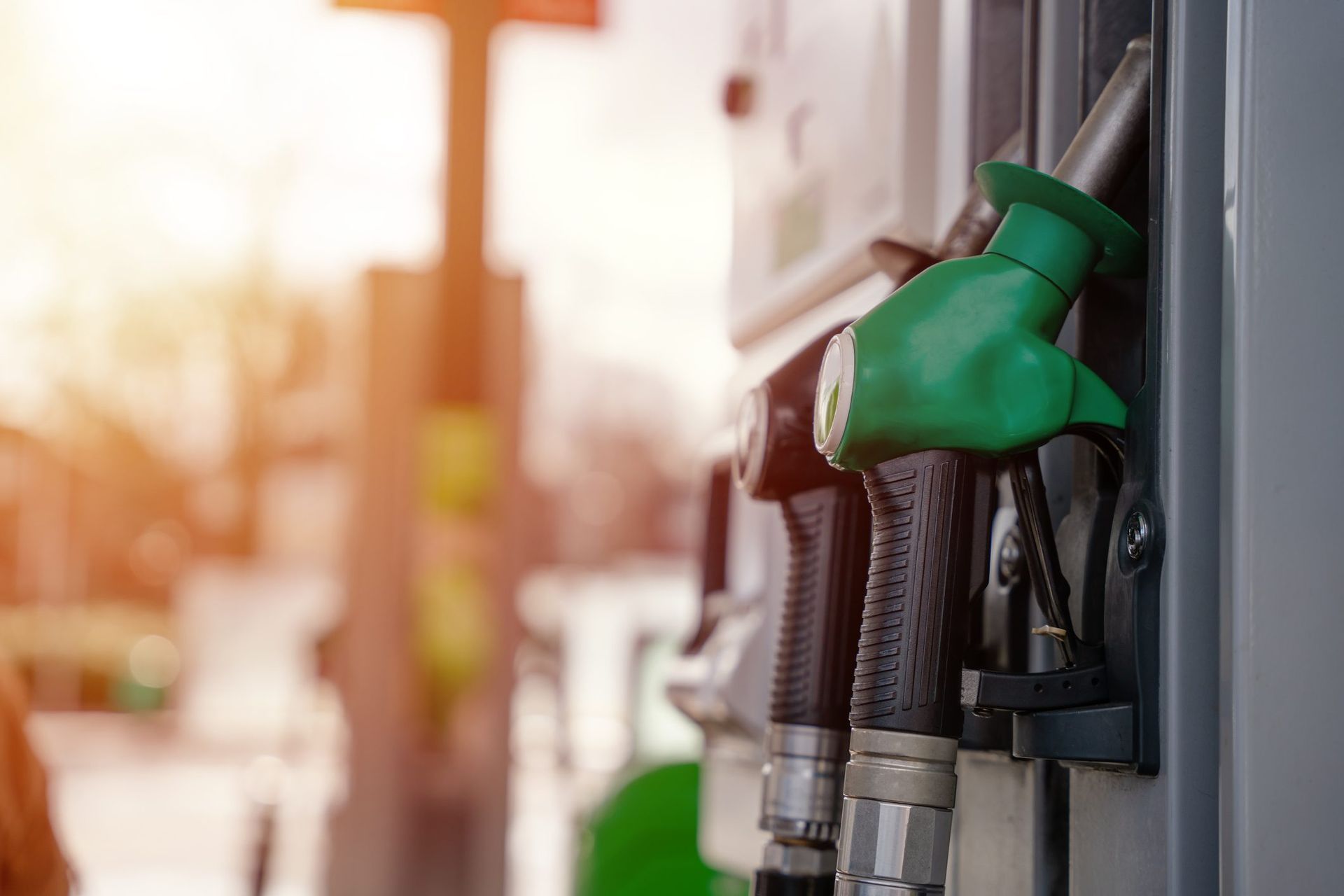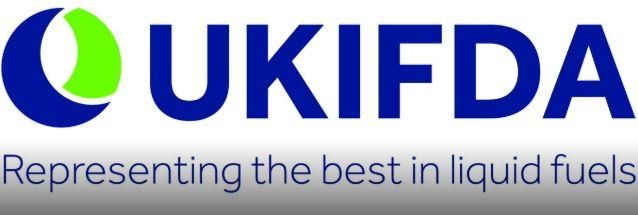Different Types of Lubricant Oils and Their Uses
Lubricants are very important when it comes to maintaining the health of your machines, equipment, and vehicles. However, there are so many different types that it can get confusing as to which one does what. This guide outlines the main types of lubricants, how they’re used, and any other useful bits of information you might need to know.
Transmission Oil
For manual cars, this fluid is used to lubricate the car’s transmission which is the component responsible for delivering power from the engine to the wheels. In automatic cars, it acts as a coolant, but its uses don’t stop there. It can be used to clean and protect metal surfaces from wear and it also increases the rotational speed and temperature ranges of mechanical systems.
Hydraulic Oil
Hydraulic oils have a similar job to transmission oils as they’re non-compressible fluids that can be used to help the transfer of power within hydraulic machinery and equipment. They do this by both lubricating components and dissipating heat. Additives are used to enhance their abilities to resist high pressures as well as both hot and cold temperatures.
Gear Oil
This type of oil has a different purpose to transmission and hydraulic oils. It’s true that gear oil is a lubricant but its primary function is the protection of important mechanisms. Gear oil is added to the gears and various bearings in the transmission, the differentials, and drive axles. You’ll know that your gearbox oil is low if gears engage late, if your car lurches, and if the transmission begins slipping.
Engine Oil
Engine oil is similar to gear oil but it’s specifically designed to be used on the engine. Its primary function is to transfer heat away from lubricated engine parts like bearings, pistons, rings, valve stems, and cylinder bores. It also collects any by-products created by combustion which helps your car have a healthy engine for longer. Generally, your car will specify how often you ought to replace your engine oil. For older cars, this is between 3,500-5,000 miles and in some modern cars, it’s every 7,500-10,000 miles.
Adblue
In order to comply with the Euro 6 emissions standards, Adblue is added to the exhaust system of any diesel cars made after September 2015. It’s made up of deionised water and urea and it reduces the amount of nitrous oxide emitted by diesel engines. Without this liquid, most diesel cars wouldn’t meet the Euro 6 standards so your car will have a dashboard warning light to let you know when you need to top up.
Northern Oil’s Red Flame
Red Flame is Northern Oil Company’s own range of cost-effective but high-performance lubricants. The full range is created in collaboration with leading experts in lubricant research and development and they’re suitable for use in the industrial, agricultural, commercial, and automotive sectors.
If you have any further questions about lubricants, or if you’d like to find out about our other services, then don’t hesitate to get in touch with Northern Oil by calling 0115 928 5250 today!

